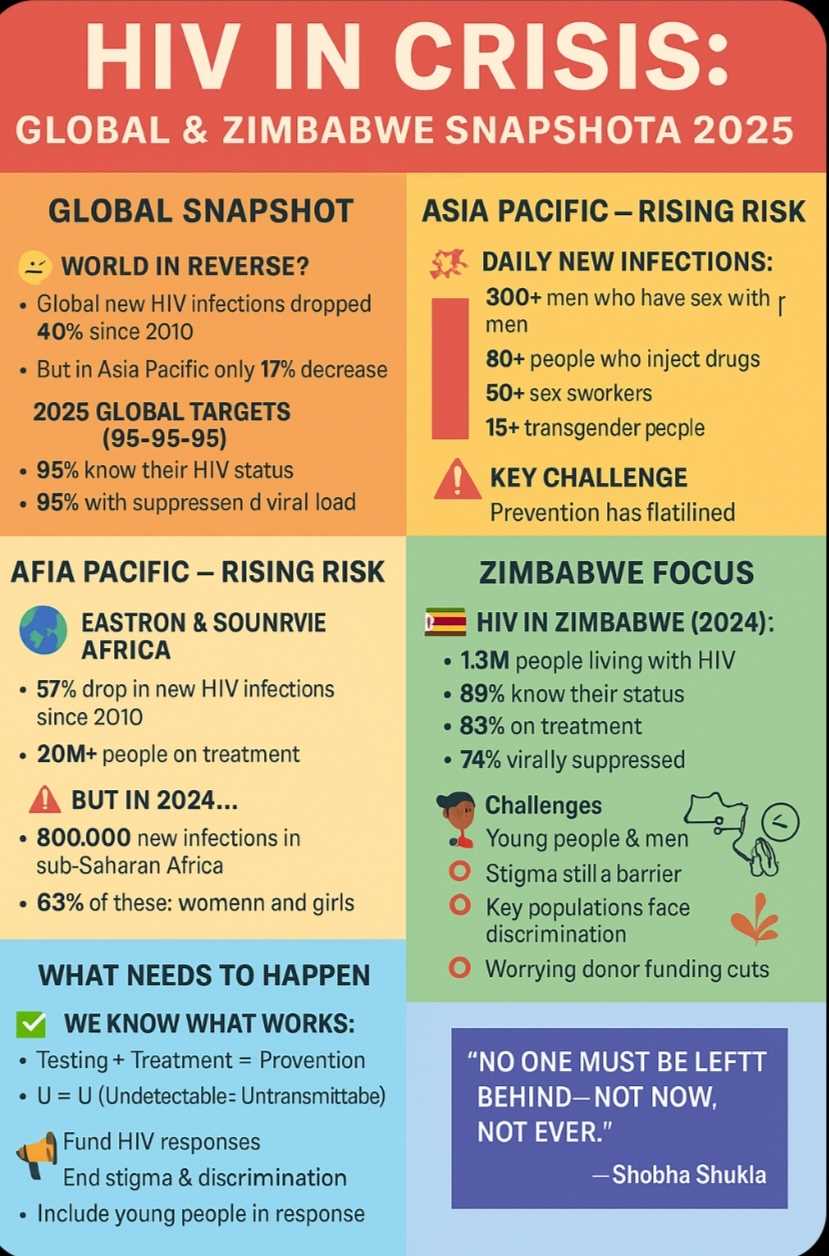
Audrey Galawu- Assistant Editor
With just a few years left to reach global health goals, experts are warning that the world is falling behind in the fight against HIV.
At a recent session hosted by several global health organisations—including UNAIDS, ICFP, IPPF, and others—speakers shared worrying updates about how rising infections, low treatment rates, and funding cuts are putting lives at risk, especially in Asia Pacific and Africa.
Letlhogonolo Mokgoroane, a South African legal expert, shared better news from Africa: In Eastern and Southern Africa, HIV infections have dropped by 57% since 2010. Over 20 million people are now on treatment.
But the fight is far from over. In 2024, 800,000 people got newly infected with HIV in sub-Saharan Africa. Most of them were women and girls. Girls aged 15–24 are more than twice as likely to get HIV compared to boys their age.
Only 40% of young women in the region have full knowledge about how to prevent HIV. In some places, less than half of women have access to modern contraception. And gender-based violence is still a major problem—especially in countries like South Africa, where a woman is killed every three hours.
Criminalisation of LGBTQ+ individuals and sex workers in 31 African countries further drives vulnerable populations underground. In Nigeria, a law banning same-sex relationships has led to a 41% drop in HIV services for men who have sex with men.
“Health cannot be separated from human rights,” Mokgoroane said. “We need to invest in education, legal reforms, and community programs. We must also let young people and those most affected lead the way.”
Zimbabwe is often seen as a leader in HIV prevention and treatment in the region, but recent challenges are testing the country’s progress. According to the latest statistics from the Ministry of Health and UNAIDS:
- Around 1.3 million people in Zimbabwe are living with HIV.
- About 89% of them know their HIV status,
- 83% are on antiretroviral treatment,
- And 74% have achieved viral suppression.
While this puts Zimbabwe close to the global 95-95-95 targets, gaps remain—especially among young people, rural populations, men, and key populations like sex workers, men who have sex with men, and people who use drugs.
Many young people still lack access to comprehensive sexuality education, and stigma continues to discourage men from getting tested. Key populations face legal and social discrimination, making it harder for them to get services.
There are also fears that donor funding cuts could slow Zimbabwe’s HIV programmes, which have heavily depended on external support from the Global Fund, PEPFAR, and other partners.
Related Stories
Eamonn Murphy, UNAIDS Regional Director, gave a clear warning: HIV infections are rising in nine countries across the Asia Pacific region, and the region is in a “prevention crisis.”
From 2010 to 2024, Fiji saw the fastest-growing HIV epidemic in the world—with a 3,091% increase in new infections. Other countries with large increases include:
- Philippines – 562%
- Afghanistan – 187%
- Papua New Guinea – 84%
- Bhutan – 67%
Worse still, many people with HIV are not getting treatment. In Afghanistan, only 11% of people living with HIV are on treatment. In Fiji, it’s just 24%.
Although the rest of the world has reduced new HIV infections by 40%, Asia Pacific has only managed a 17% drop. The region also still has too many people who don’t know they have HIV, and not enough people are on the treatment that can help them live long, healthy lives.
- Over 300 men who have sex with men get infected
- Over 80 people who inject drugs get infected
- Over 50 sex workers and 15 transgender people get infected
Most of these people are not getting the care they need—mainly because of discrimination, criminalisation, and lack of funding.
“If someone is on HIV treatment and their virus becomes undetectable, they can’t pass HIV to anyone else,” Murphy said. “That’s why we say: Undetectable = Untransmittable.”
But the region is far from meeting the 2025 goals of having:
- 95% of people know their status
- 95% of those on treatment
- 95% of those with undetectable viral load
By the end of 2024, the numbers were:
- 79% knew their status
- 69% were on treatment
- 66% had suppressed viral loads
Shobha Shukla, a global health leader from India, focused on how gender inequality and weak health systems are holding back progress. She said countries are not investing enough in:
- Sexual and reproductive health
- Mental health
- Menstrual health
- Services for survivors of violence
- HIV prevention for key populations
She called on governments to end corporate influence on health policies, suspend patents that block access to affordable medicines, and fund health systems that put people first.
In Zimbabwe, and across the globe, the fight against HIV can still be won—if we invest in people, protect rights, and include everyone.
As Shukla reminded the world:
“No one must be left behind—not now, not ever.”

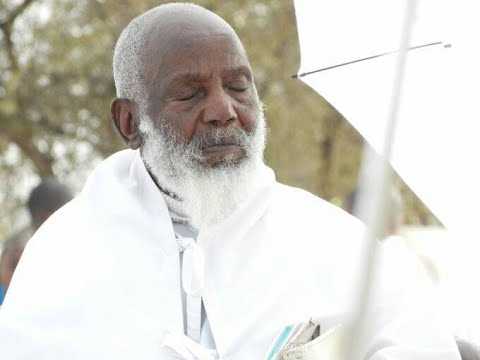

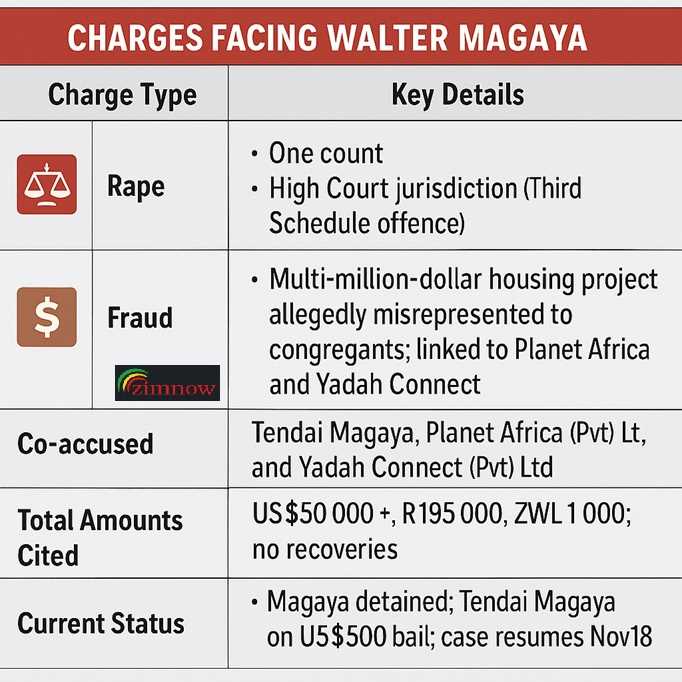

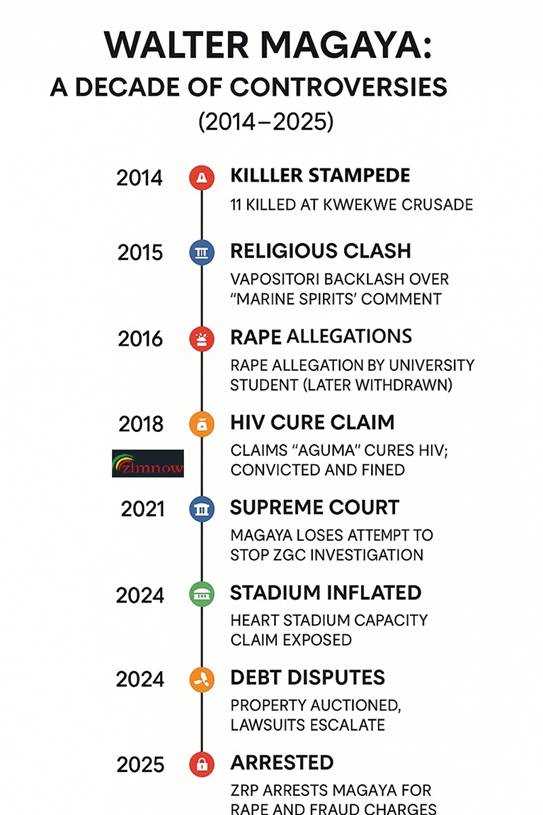
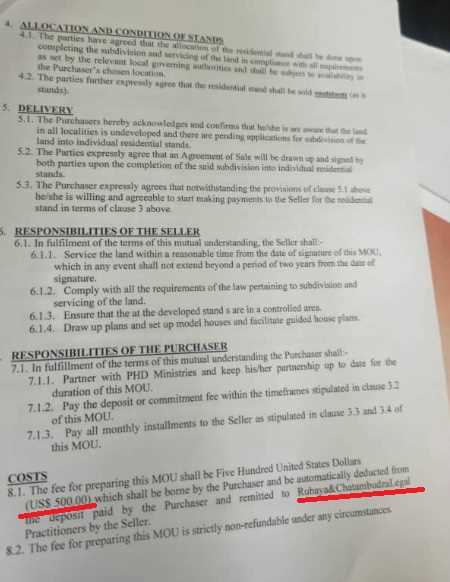



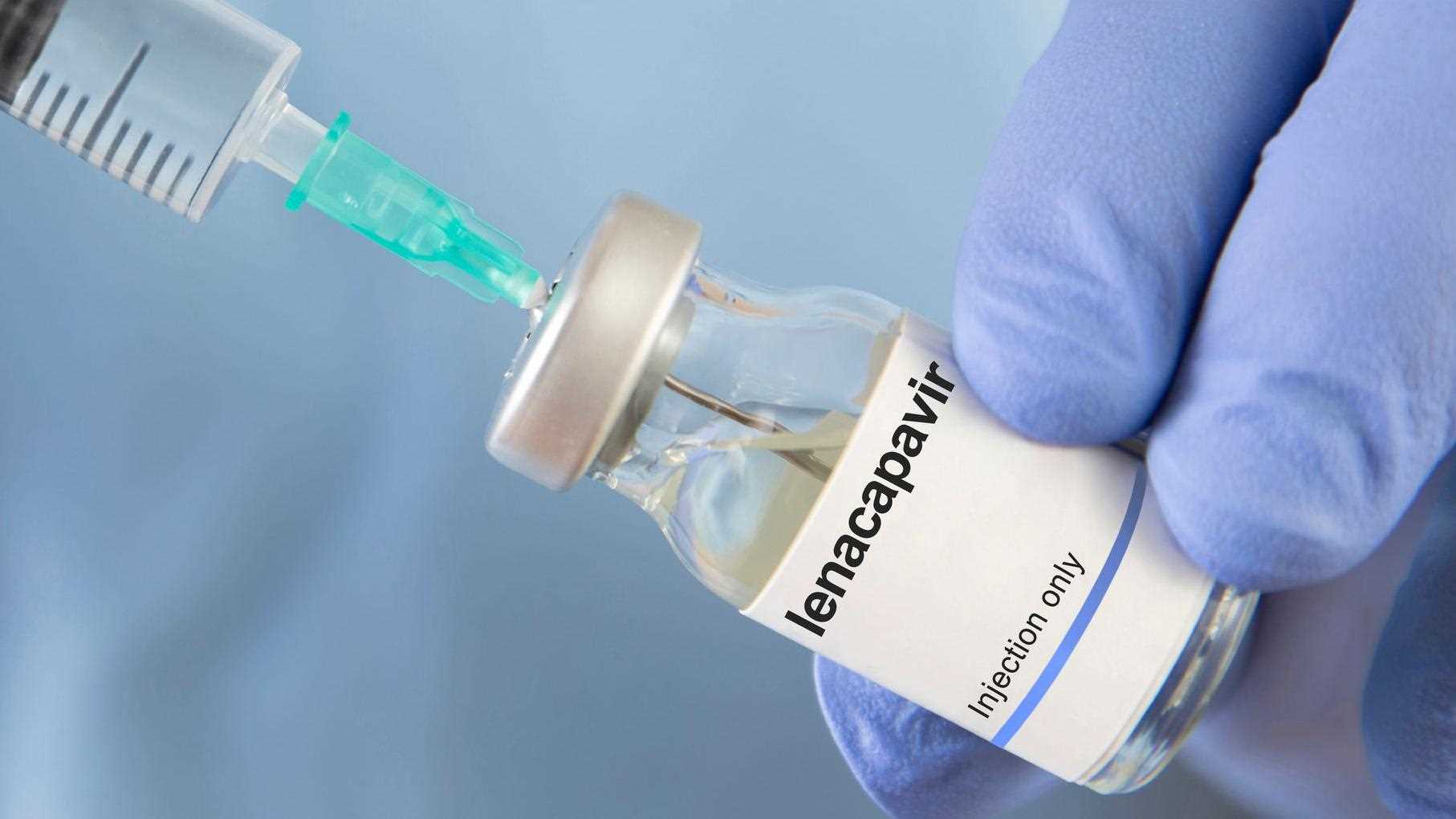
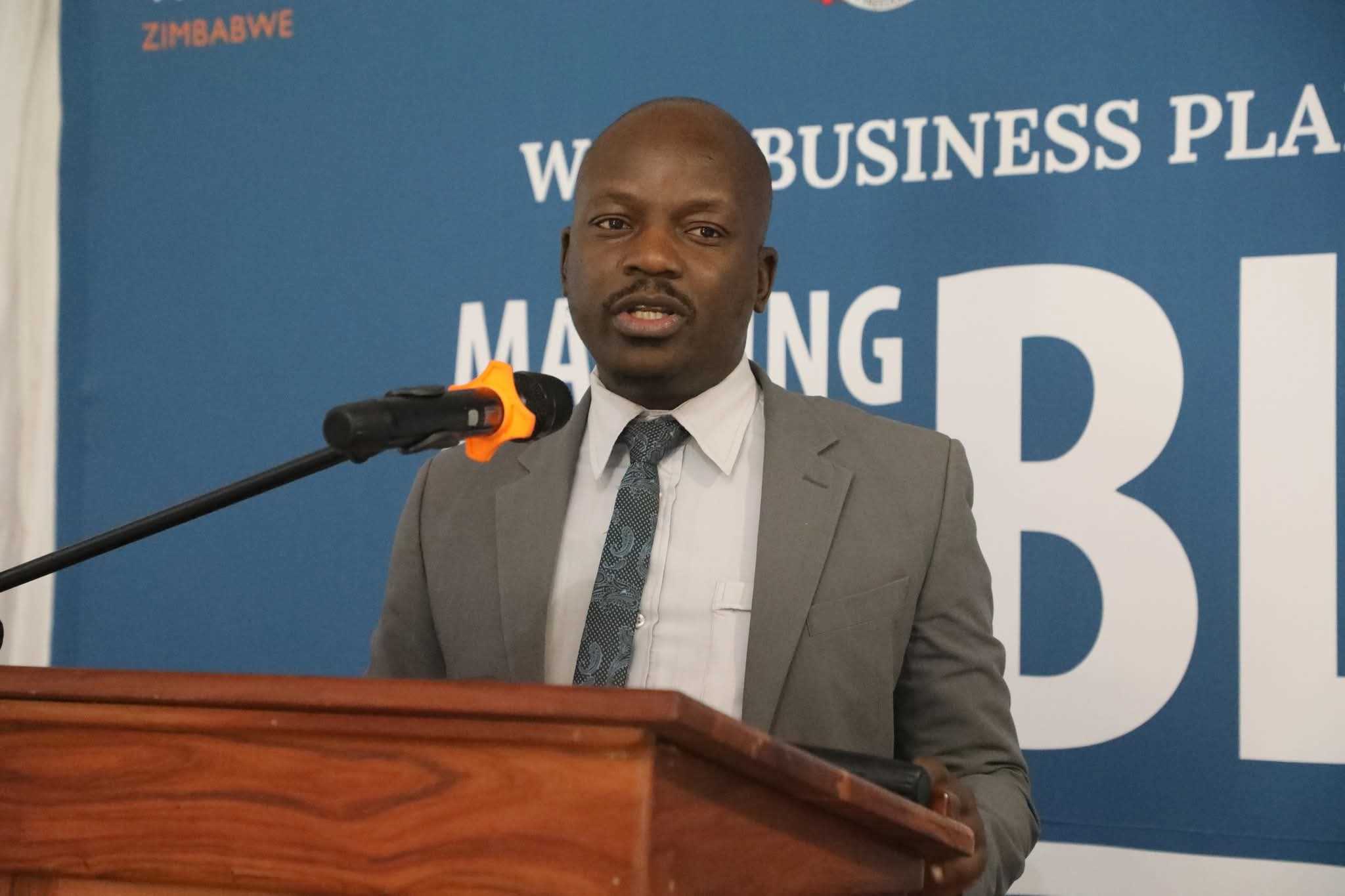
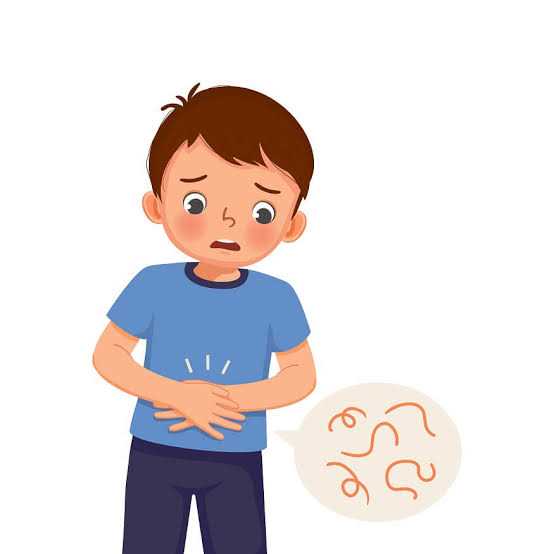



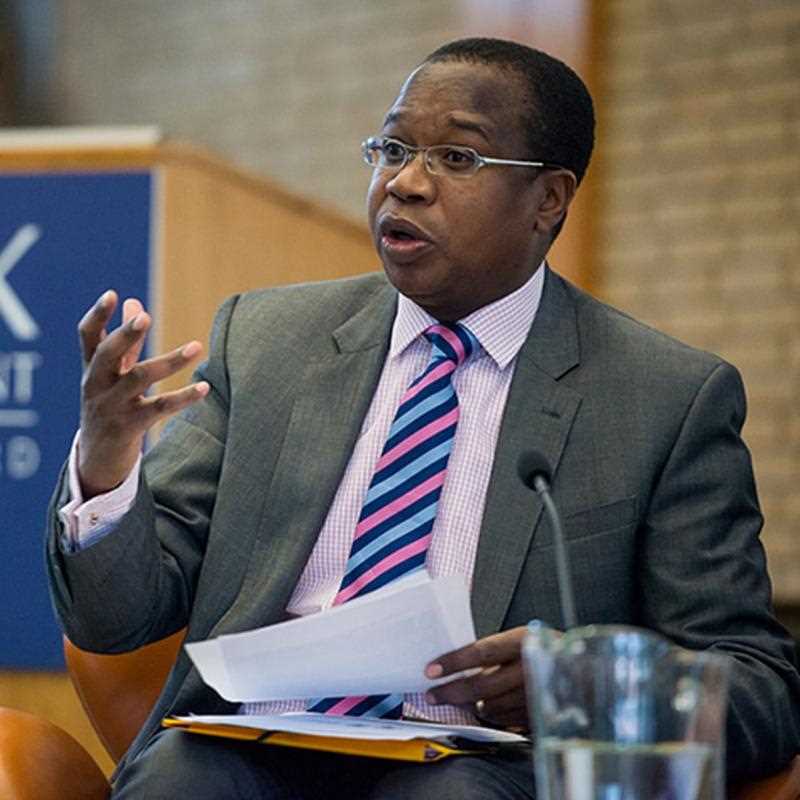
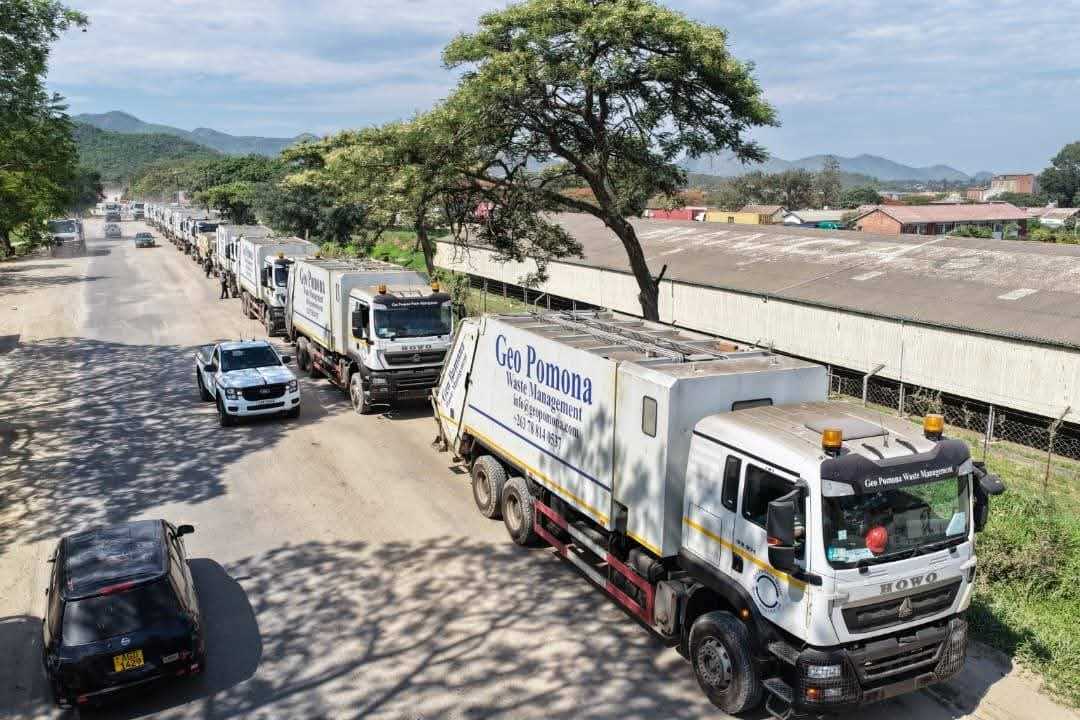


Leave Comments